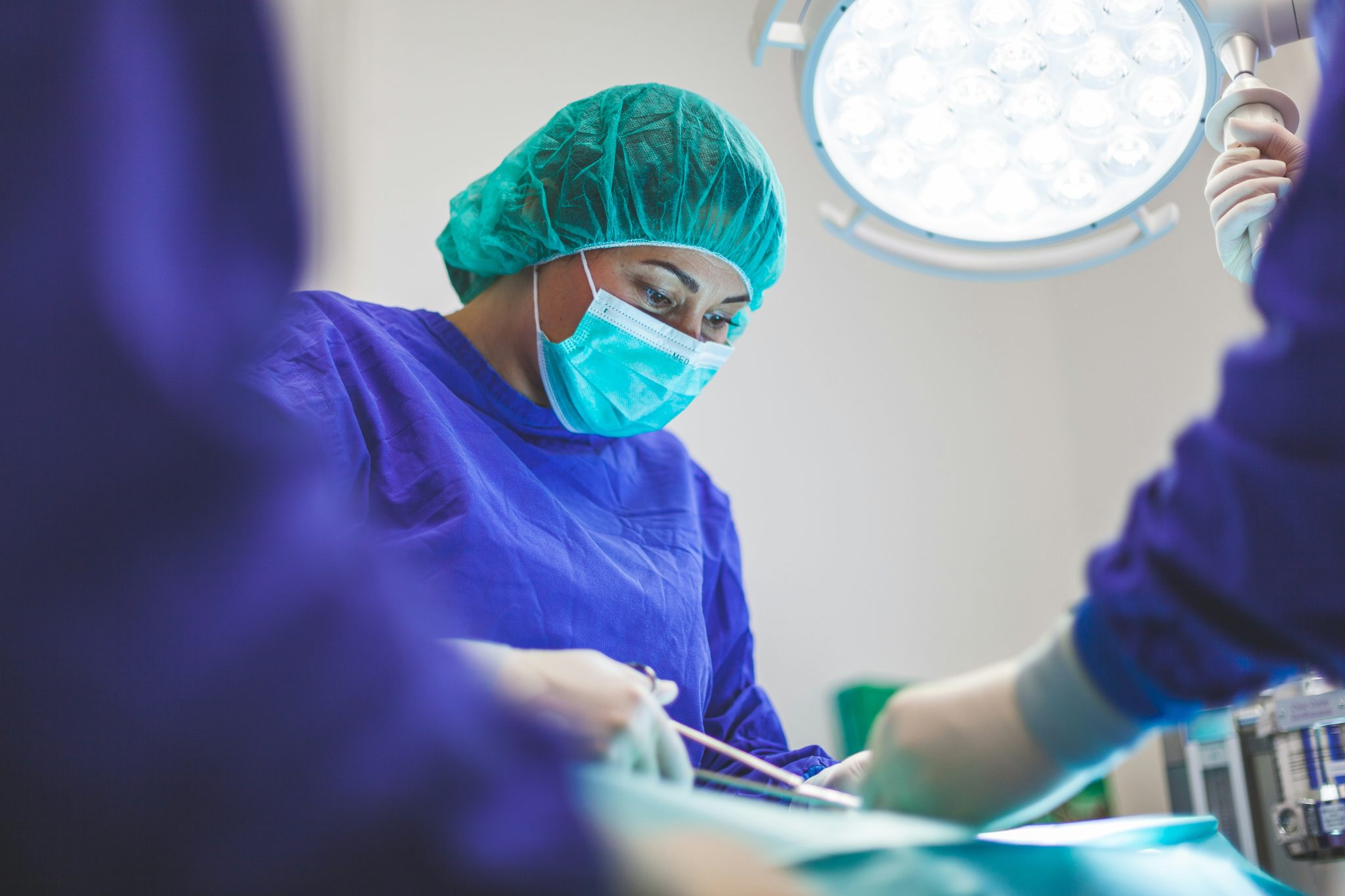Cataract surgery is one of the most common and successful procedures for restoring clear vision. Millions of patients undergo this surgery each year to remove a cloudy lens and replace it with an artificial one. While the procedure is safe, following proper practices before and after surgery helps ensure the best outcomes. Patients researching options may consider cataract surgery Houston clinics, but the guidance in this article applies universally.
1. Understand the Procedure and Its Purpose
Cataracts develop when proteins in the eye’s lens clump together, causing blurred or cloudy vision. Surgery removes the affected lens and replaces it with an intraocular lens (IOL). This restores clarity and reduces dependence on glasses for distance or reading vision. Understanding how the procedure works and the expected results helps set realistic expectations and reduces anxiety.
2. Schedule a Comprehensive Eye Examination
A thorough pre-operative exam is essential. The eye doctor will measure the shape and size of your eyes, check for other conditions like glaucoma or macular degeneration, and assess overall eye health. These steps ensure you are a suitable candidate and help the surgeon select the most appropriate IOL type. Early detection of additional eye issues allows for proper management and better surgical outcomes.
3. Discuss Your Medical History
Inform your doctor about chronic conditions, such as diabetes or high blood pressure, and any medications you take. Certain medications, like blood thinners, may need temporary adjustment before surgery. Sharing your complete medical history reduces the risk of complications during or after the procedure.
4. Prepare for the Day of Surgery
On the day of surgery, follow all pre-operative instructions carefully. Avoid wearing makeup, lotions, or perfumes around the eyes. Arrange for someone to drive you home, as your vision may be temporarily blurred after the procedure. Comfortable clothing and a relaxed mindset can also help reduce stress before surgery.
5. Use Prescribed Medications Properly
Before surgery, your doctor may provide antibiotic or anti-inflammatory eye drops. Follow the instructions precisely. These medications help prevent infection and reduce inflammation. Missing doses or applying them incorrectly can increase the risk of complications and slow the healing process.
6. Protect Your Eyes Post-Surgery

After cataract surgery, the eyes are sensitive and require careful protection. Avoid rubbing or pressing on the eyes, which can displace the lens or irritate the surgical site. Sunglasses protect against bright light and reduce the risk of accidental injury. Some patients may also be advised to wear a protective eye shield while sleeping for the first few nights.
7. Follow Post-Operative Instructions Closely
Your surgeon will provide a schedule for eye drops and follow-up visits. Stick to this schedule diligently. Antibiotic drops prevent infection, while anti-inflammatory drops reduce swelling. Skipping doses or delaying follow-up appointments can affect recovery and visual outcomes.
8. Monitor for Warning Signs
While complications are rare, recognizing early warning signs is critical. Contact your eye doctor immediately if you experience severe pain, sudden vision loss, unusual redness, or discharge. Prompt attention allows for effective intervention and reduces the likelihood of lasting damage.
9. Limit Physical Activity
During the first few weeks after surgery, avoid strenuous exercise, heavy lifting, or activities that may expose your eyes to dust and debris. Swimming or hot tubs should be avoided until your doctor confirms it is safe. Gradually reintroduce normal activities as recommended to support proper healing.
10. Maintain a Healthy Diet
Good nutrition supports eye health and recovery. Foods rich in vitamins A, C, and E, along with antioxidants such as lutein and zeaxanthin, help protect the eyes from oxidative stress. Leafy greens, colorful vegetables, fish, and citrus fruits are excellent options. Staying hydrated also promotes natural lubrication and comfort during recovery.
11. Manage Chronic Conditions
Chronic illnesses like diabetes or high blood pressure can affect the eyes and the healing process. Keeping these conditions under control reduces the risk of complications and supports long-term vision. Monitor blood sugar, blood pressure, and cholesterol levels, and follow your healthcare provider’s recommendations.
12. Plan for Long-Term Vision Care
After cataract surgery, regular eye exams remain important. The procedure corrects the lens, but other eye conditions can still develop over time. Routine checkups help monitor eye health and detect potential issues early. Proper long-term care ensures that you maintain the best possible vision.
13. Adjust Expectations and Lifestyle
While cataract surgery restores vision, some patients may still require glasses for reading or night driving. Understanding your likely outcomes prevents disappointment and promotes satisfaction. Incorporating healthy habits, such as limiting screen time, wearing UV-protective sunglasses, and avoiding eye strain, supports lasting results.
14. Ask Questions and Stay Informed
Clear communication with your surgeon improves outcomes. Ask about the type of intraocular lens, recovery timeline, and any restrictions after surgery. Understanding the procedure and your responsibilities ensures a smoother experience and helps you make informed decisions about your vision.
Final Thoughts
Cataract surgery is highly effective for restoring clear vision. Following safe practices before and after surgery reduces the risk of complications and supports faster recovery. While cataract surgery Houston clinics provide access to advanced technology and experienced surgeons, the principles outlined here apply to anyone considering the procedure.
By preparing carefully, protecting your eyes, and maintaining healthy habits, you can ensure a smooth surgical experience and enjoy clear, comfortable vision for years to come.




















